“Not a key, but a whole building will be handed over today,”, joked Sjaak Bral yesterday afternoon in the foyer of the Zuiderstrandtheater. In front of 150 interested guests, the cabaret artist and columnist from The Hague moderated three rounds of discussions. These focused on the extraordinary fact that the theatre in Scheveningen is being demounted to become part of a culture cluster in Oss. All speakers underlined the importance of collaboration. “Circularity on your own is very difficult.”
move to circular Zuiderstrandtheater officially launched
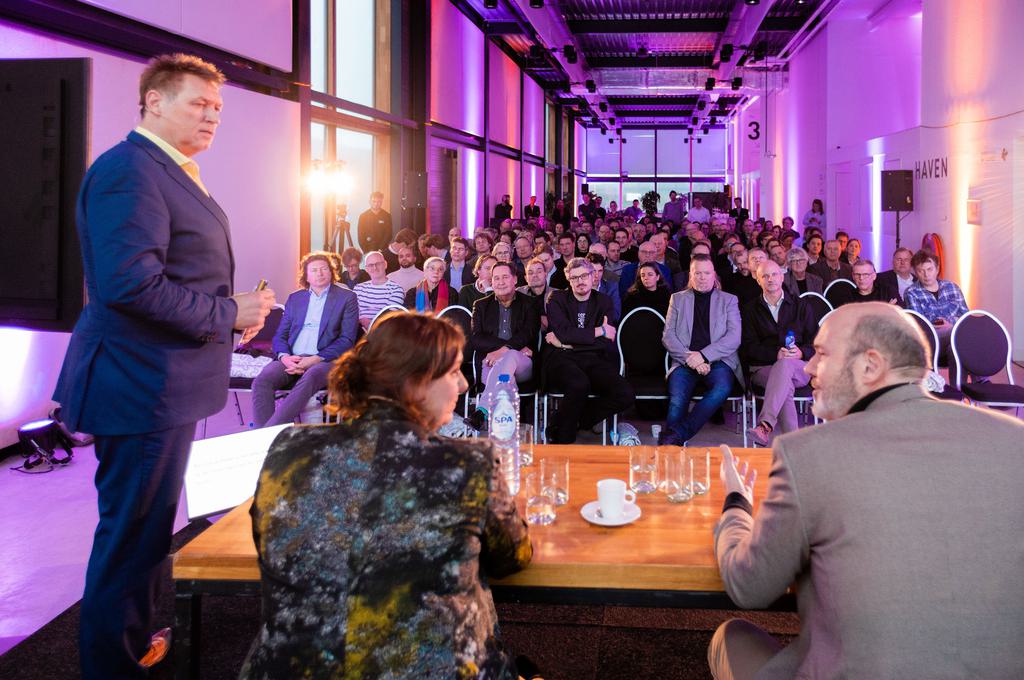
recycling, not downcycling
With the Tijdelijke Rechtbank Amsterdam, De Prinsenhof and Zuiderstrandtheater, Lagemaat and cepezed realised a nice string of circular projects in a short time, according to Vincent Gruis (TU Delft/ Transitieteam Circulaire Bouweconomie). “Too often in the Netherlands, despite the ambition to focus on circularity, there is still ‘downcycling’ rather than ‘recycling’.” According to Gruis, these three projects show how it should be done. They are technically innovative, but perhaps even more important, he believes, is the innovative collaboration. “Two extremes on the line, the designer and the demolisher, come full circle here.”
something insane devised
Circular construction is good for significantly reducing emissions, depletion and waste, Gruis lists. And it has an appealing cost tag, says Arjen Kapteijns, alderman for sustainability in The Hague. “That's four birds with one stone.” Today, his counterpart from Oss Dolf Warris, alderman for Culture and Climate Adaptation, says he is especially appalled. “We came up with something insane, something I have wondered more than once if it would work. And, yes! Today it turns out that it will.”
opportunities for society
Building a brand new theatre would have been neither easier nor cheaper, both councillors emphasise. Because the cost of materials and labour is currently uncertain, while with this building you know what it costs and that it is good, the venue has already proven itself. Moreover, “we simply have the task of dealing with materials in a circular way, says Kapteijns. Warris thinks the beauty of circular building is that through a different way of thinking, you treat each other differently. “Circularity also offers opportunities to society,” he says.
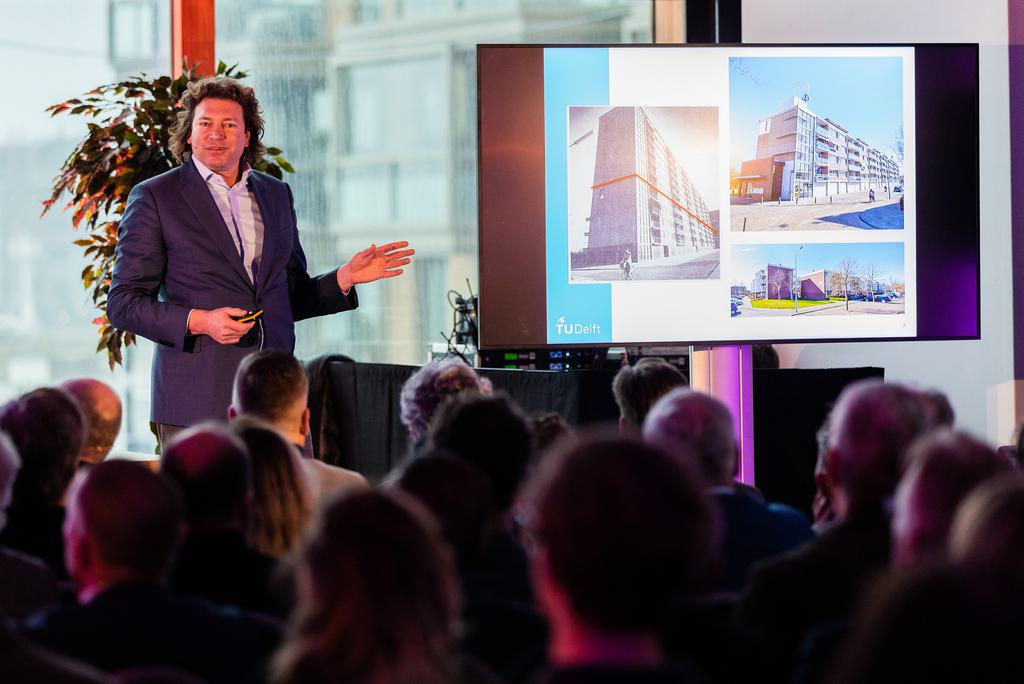
logbook
Both councillors are from the GroenLinks, so their unanimous orientation towards sustainability should not surprise. Fortunately, VVD parliamentarian Erik Haverkort is also present. “It seems very good to me and I see no other way,” Haverkort says when Bral asks him about his views on circular building. “If we fight waste, the circular economy will arise naturally.” He encourages Dolf Warris to keep a logbook so that he can get a better idea of which laws and regulations need to be changed in the Dutch parliament.
quite large
Warris agrees that the current laws and regulations don't actually do it justice. “This project did not fit in with any of the regulations. The civil service departments in Oss therefore had to work together on this project. They were not used to that, but it can be done, as it turns out. Although it is quite a large project...” Kapteijns notices that within the current rules, more is possible than we tend to think. “And if you ask other parties, such as contractors and developers, the right questions, they too turn out to be inventive and creative.”
not detachable
Arend van de Beek (circular demontage company Lagemaat) and Menno Rubbens (cepezedprojects) think that temporary buildings should actually always be demountable. The architect of the Zuiderstrandtheater, Thijs Mauve, had requested subsidy for this at the time, but did not receive it. “Architectenbureau cepezed has been designing with kit-of-parts for 50 years,” says Rubbens. “That lends itself perfectly to detachability, even with different material applications.”
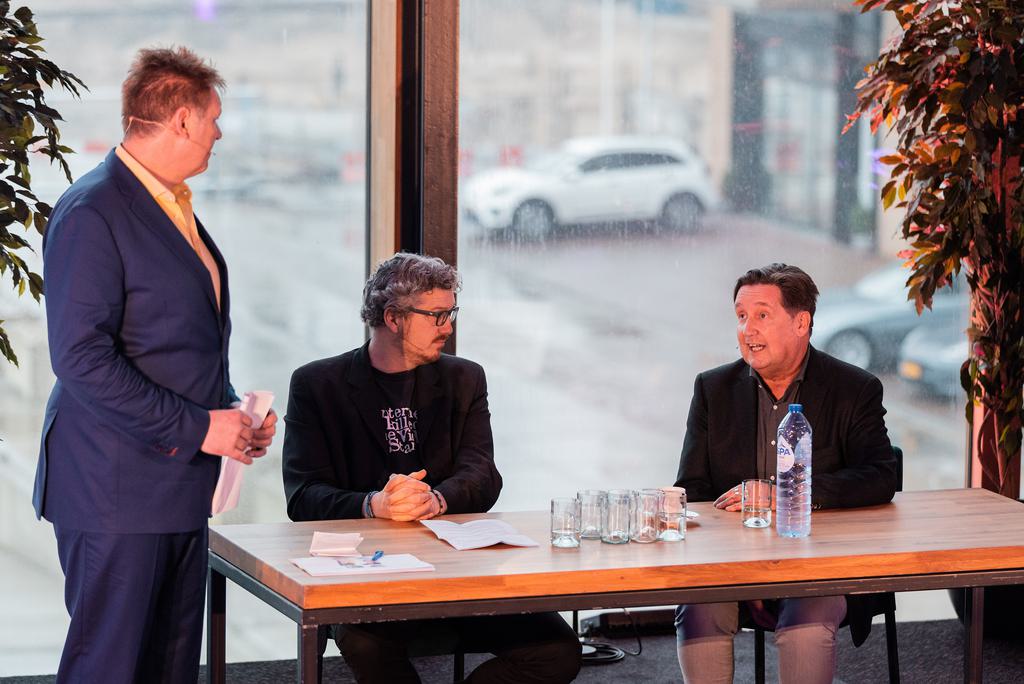
driving 4000 km
Van de Beek describes his intrinsic motivation for circularity, as a demolisher. “We quickly cut buildings that have been erected in ten and recycle everything into new material. But when you are knee-deep in waste, you know this is not the right way to go. You only move to the bottom of the ‘R-ladder’. What really saves a lot of CO2 is not turning raw materials into products at all. We could drive 4000 kilometres with the components of the Zuiderstrandtheater and still be cleaner.”
business model
Although labour is relatively expensive compared to new material, Van de Beek says circular construction is indeed a business model. “Yet not everyone can think of it as a right to exist. The fact that we have a business model is unique in Europe.” To scale up the business, it is necessary to tax labour and material differently. Rubbens: “Material should not become more expensive, it's about paying the right price.” Although there is a focus on environmental costs, Van de Beek adds, it does not go far enough. “This is the future and it is starting to get serious now. There is a lot happening around nitrogen, soon the same will happen around CO². Then, people can come to us for ductwork.”
demolisher in design team
Not only do Rubbens and Lagemaat already have a ‘wish list’ of buildings in the Netherlands they are interested in, they also take each other's seats during tenders. Van de Beek: “So, then there is a demolisher in the design team, which sometimes takes some getting used to for clients. For ourselves, we sometimes get used to working with competitors. And together with universities we are looking for a responsible way to put two canal plates together. Circularity on your own is very difficult.”
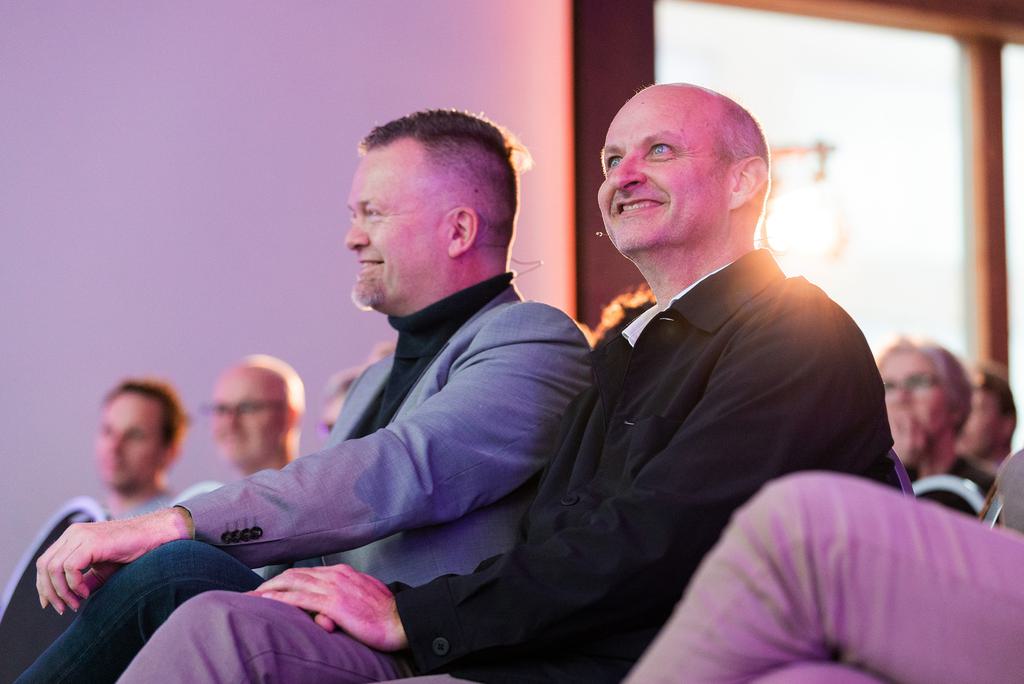
historical day
Coen Bais, the director of theatre De Lievekamp in Oss, sees it as a historical day. When he heard about the possibility of “taking over” the venue, he already had an advanced idea about new construction. “You have to hand in your programme of requirements in that case,” he says. Bral emphasises that he will have a venue full of love from Scheveningen - where everyone loved the venue and visitors came from all walks of life. If all goes according to plan, the venue in Oss will open in late 2025.
flexibility and confidence
Bais stated the goal of not making the hall feel second-hand and to optimise it. “A design process like this requires flexibility and trust in each other,” says Frederique van Alphen, project architect at cepezed. “The nice thing about Coen is that he sees opportunities everywhere.” For instance, they found a solution for the height of the stage tower, for which a standard size of 23 metres was specified, but where 19 metres also proved to be sufficient. Together, they also optimise wheelchair accessibility and sound insulation in Oss.
prefer a new theatre?
To the proposition that a theatre designed with used materials can never be as beautiful, efficient and functional as a new building, Bais responds with an irritated “nonsense, it doesn't feel like that at all. You just make a whole new theatre.” The handover of the Zuiderstrandtheater becomes official when Arjen Kapteijn hands a loose theatre seat to Dolf Warris. “The rest follows, Dolf!”, adds Sjaak Bral. “’The Zuiderstrandtheater was one the first’, when circular building will soon be commonplace we will look back on it like this. We're reinventing a wheel, that's quite something.”

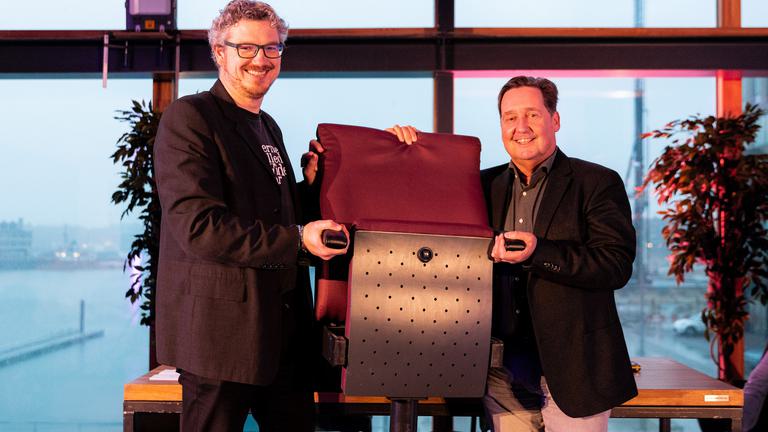
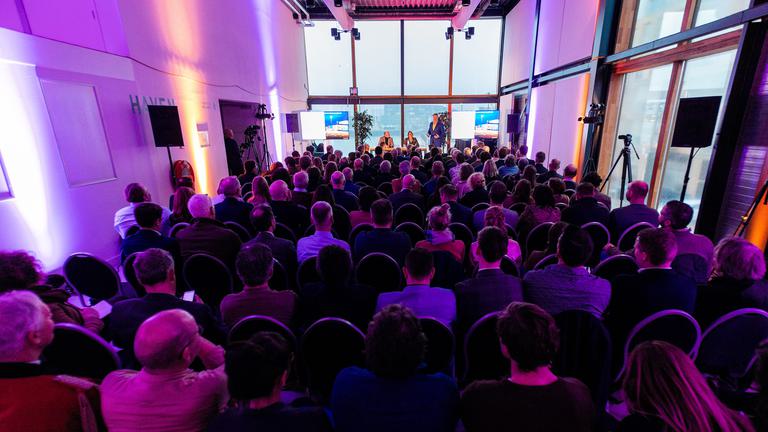
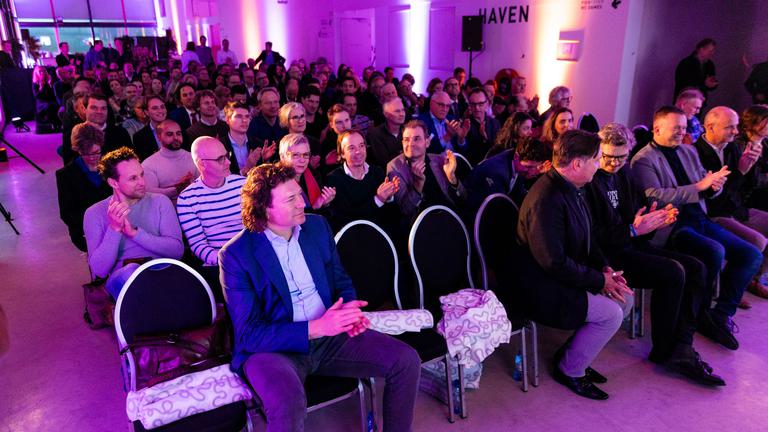

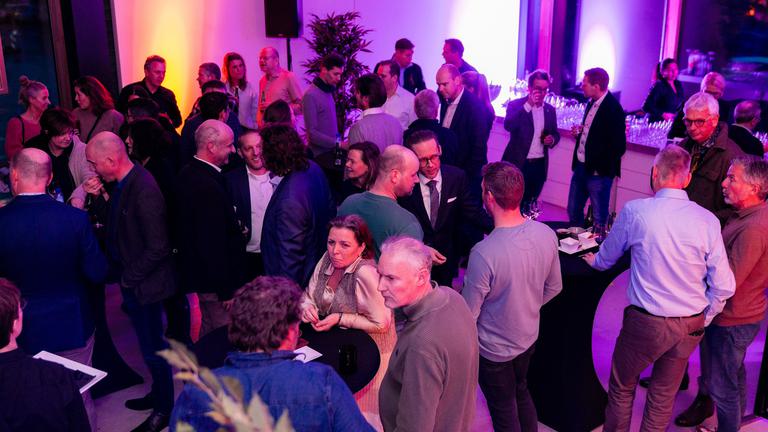
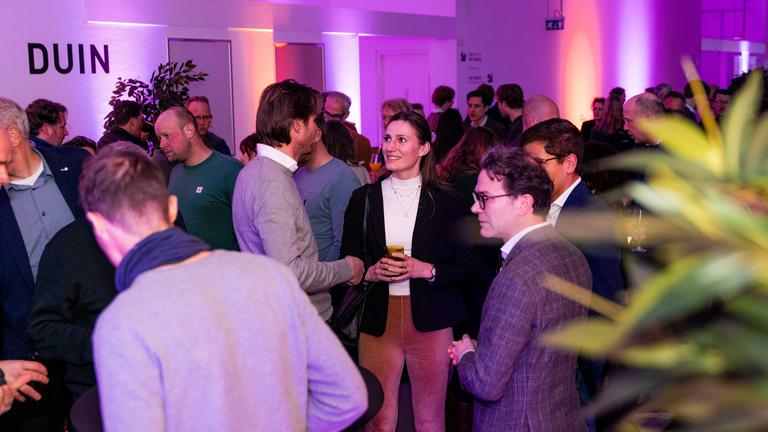
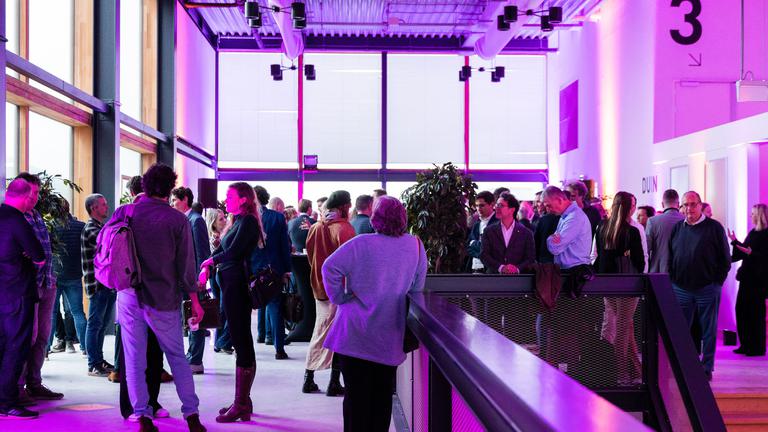
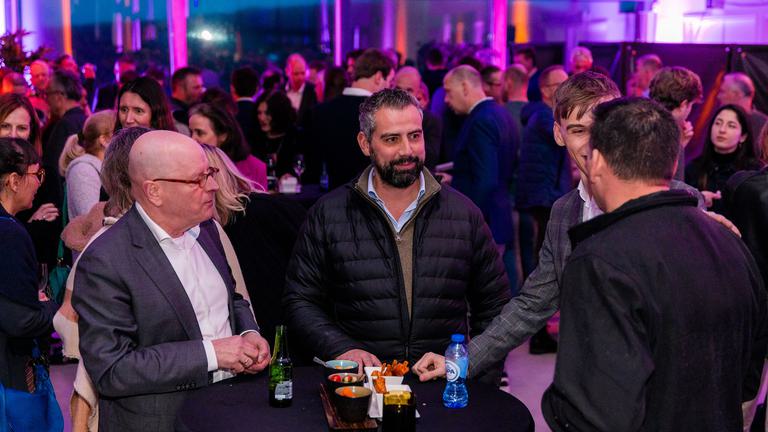
Watch the aftermovie and a comprehensive media overview of this event. The extraordinary circular project 'relocation Zuiderstrandtheater' is highlighted in various ways.
contact
→ Mail bd@cepezed.nl or call our business development team on +31 (0)15 2150000
→ Mail bd@cepezed.nl or call our business development team on +31 (0)15 2150000